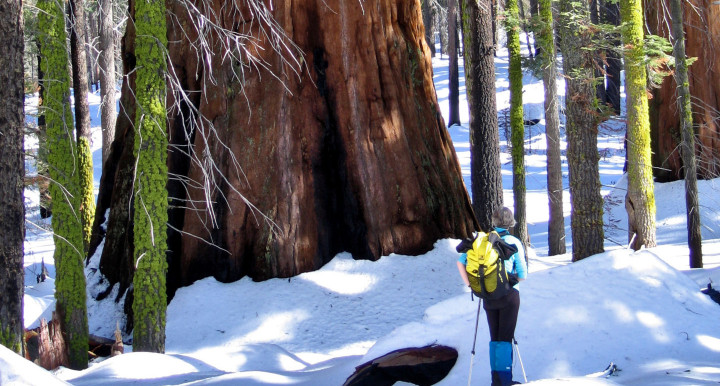The Kootenai people of southern Canada historically traversed the Rocky Mountains, often several times annually, to hunt bison on the eastern front ranges. Some routes across this complex landscape were more energetically efficient than others, producing a tendency for archaeological and historical sites to be located along least-cost paths as strongly predicted by this project’s geographical computer models. Bison wallows also occurred across low travel cost areas from the eastern front well into the Rocky Mountain interior.


